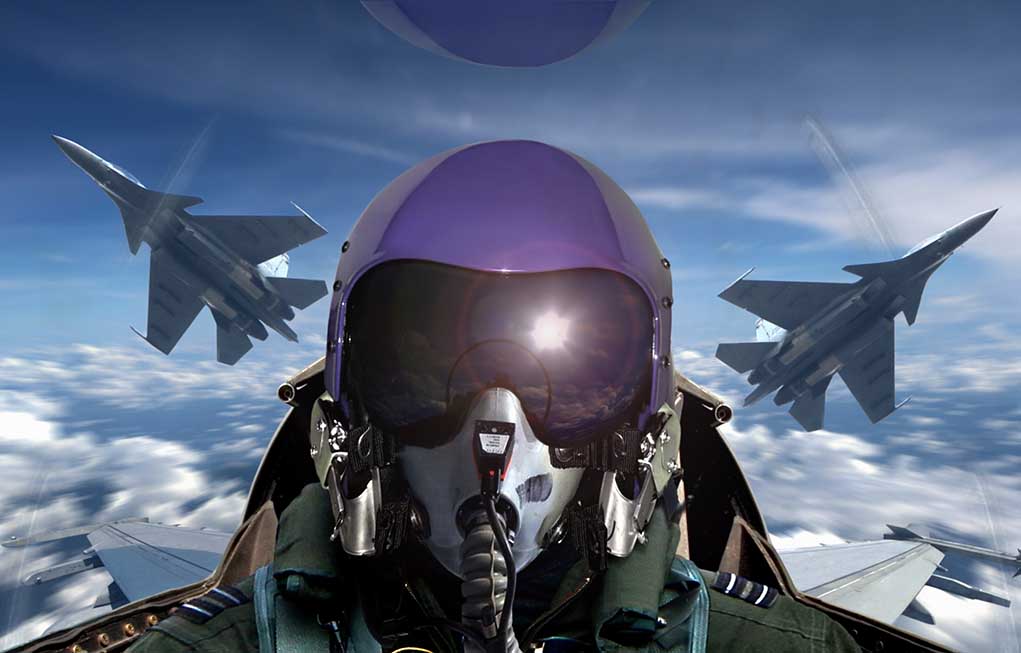
The U.S. military continues to keep a watchful eye on Russian warplanes near Alaska, maintaining readiness and assurance in airspace security.
Key Takeaways
- A Russian military aircraft was detected in the Alaskan Air Defense Identification Zone (ADIZ) on Monday.
- The aircraft remained in international airspace and did not enter American or Canadian sovereign airspace.
- NORAD stated that such Russian activity in the Alaskan ADIZ is regular and not considered a threat.
- The ADIZ requires identification of all aircraft for national security.
- NORAD employs a layered defense network including satellites, radars, and fighter aircraft for detection and tracking.
Monitoring Airspace Near Alaska
On Monday, the U.S. Northern Command detected a Russian military aircraft in the Alaskan Air Defense Identification Zone (ADIZ). The aircraft maneuvered in international airspace, staying clear of American and Canadian sovereign boundaries. The situation, though familiar, emphasizes the role of the North American Aerospace Defense Command (NORAD) in maintaining vigilance over North American airspace. Keeping track of such activities ensures readiness against any potential threats.
NORAD’s multi-layered defense system is a sophisticated network involving satellites, radars, and fighter aircraft. This system enables the quick detection and response to any unidentified or unauthorized aircraft in the region. Despite this regular Russian activity, NORAD assures that no current threat exists. Their preparedness extends to wide operational capabilities, ready to defend the nation at a moment’s notice.
Historical Patterns and Strategic Concerns
Similar activity by Russian aircraft near Alaska has been observed previously, with incidents in February and several instances in 2024. These occurrences underline ongoing geopolitical tensions and the strategic importance of the region. Though no immediate threat is perceived, vigilance remains a top priority for U.S. military operations. Maintaining robust airspace security helps prevent any potential escalation.
This vigilance is not only aimed at addressing immediate concerns but also at assuring and strengthening bilateral defense agreements with neighboring Canada. This helps to create a unified front against any foreign activities that could compromise regional stability.
Six Russian military aircraft were tracked operating in the Alaskan Air Defense Identification Zone for about 2 1/2 hours Monday, according to NORAD.https://t.co/lD0wYlbDK3
— Anchorage Daily News (@adndotcom) April 16, 2025
Geopolitical Implications
The cooperation between Russia and China presents a strategic concern, highlighted by Senator Dan Sullivan. Their increased collaboration could have far-reaching implications for U.S. national security and necessitates enhanced military readiness. This partnership underscores the dynamics within the geopolitical landscape, urging vigilance and proactive defense strategies.
The presence of Russian warplanes in Alaska’s vicinity reaffirms the importance of maintaining a robust military presence. Enhanced surveillance, joint exercises with allied forces, and strategic planning remain vital components of NORAD’s approach, ensuring North American airspace remains secured against emerging threats.
Sources:
- NORAD: Russian military aircraft detected near Alaska’s defense zone
- US military detects Russian warplanes flying near Alaska: NORAD | Just The News











